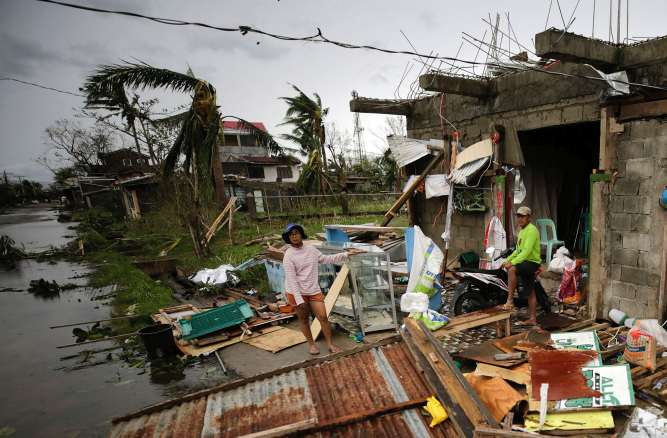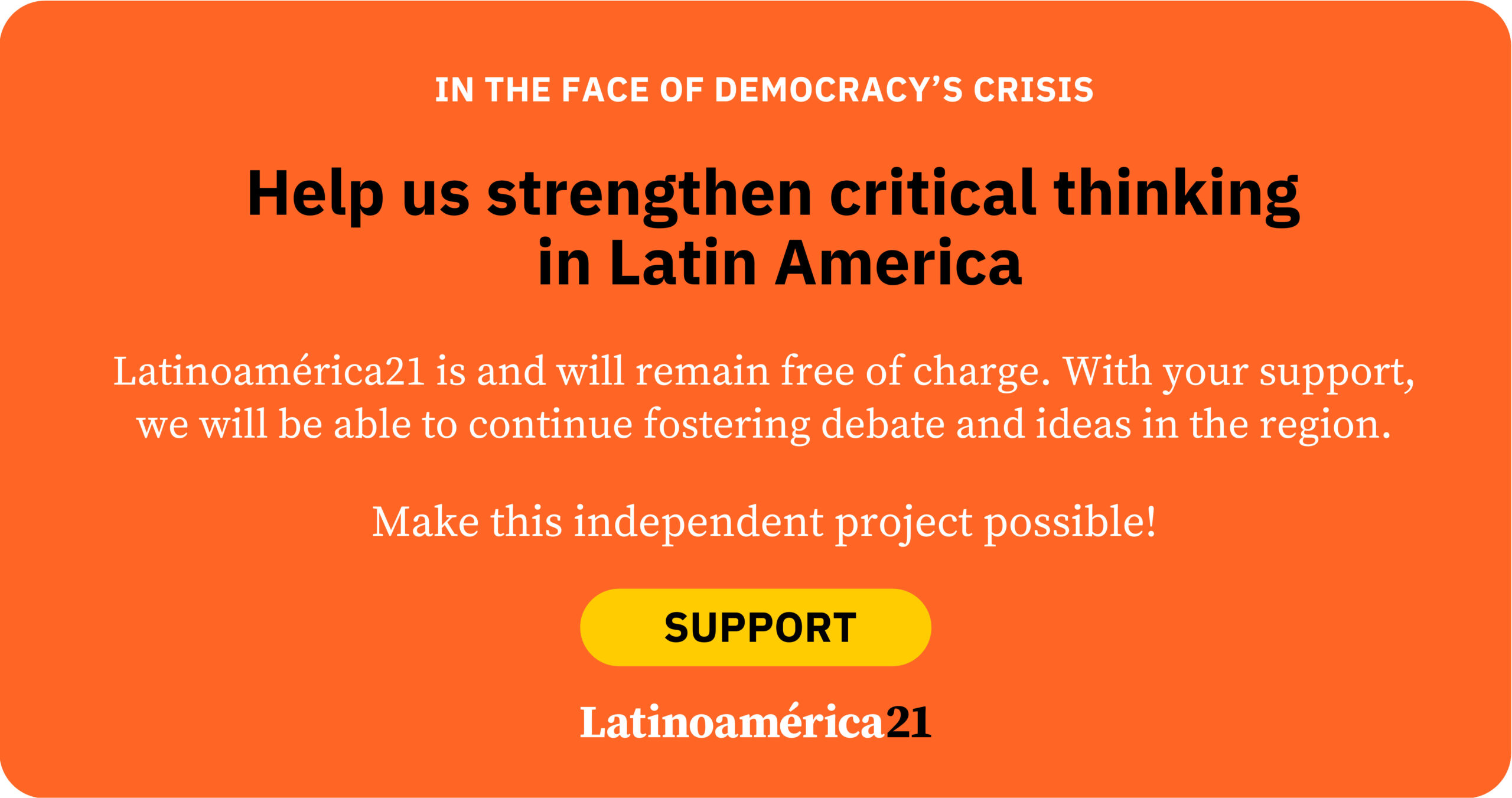Often, when a storm, hurricane, volcanic eruption, or earthquake occurs, we still tend to speak of a “natural disaster.” Yet, the forces of nature explain only part of the equation in a disaster—and sometimes not even the most significant part.
Natural hazards become disasters as a result of accumulated decisions or omissions within development processes, including land use and occupation, investment priorities, and the standards or regulations that are either enforced or ignored. Seen this way, disaster is more a social construction than a purely natural or physical phenomenon.
Disasters are not purely natural events; they result from the interaction between physical hazards—natural or human-induced (social, technological, biotic)—and existing social, environmental, and economic conditions. This is recognized in the Regional Human Development Report 2025, Under Pressure: Recalibrating the Future of Development, prepared by the United Nations Development Programme (UNDP).
This perspective requires shifting from controlling or anticipating hazards to managing risk as a social process, integrated into sustainable development, to anticipate, prevent, and reduce exposure and vulnerabilities in a context of increasing uncertainty.
Iconic cases in the region help explain why resilient human development demands a paradigm shift in risk management. The first is Choloma, in northern Honduras, where the boom in maquila industries multiplied jobs and incomes—but at the cost of rapid urbanization along riverbanks, wetlands, and drainage zones that were filled with waste. Many ordinances were ignored, and municipal capacity to provide services and maintain drainage systems lagged behind the pace of investment. When heavy rains came in 2017 due to Hurricanes Maria and Irma, the city did not experience a “climate surprise” but rather the consequences of decades of decisions that normalized exposure and deepened vulnerability.
The eruption of the Fuego Volcano in Guatemala in June 2018 offers another reflection—this time on the unequal distribution of protection against disasters. The village of San Miguel Los Lotes, inhabited by low-income families, was devastated, with hundreds of victims. Meanwhile, just a few kilometers away, a tourist complex—with contingency protocols, drills, insurance, and coordination with authorities—was able to evacuate in time and avoid loss of life, though it suffered severe infrastructure damage. The same hazard, opposite outcomes.
Behind that divergence lie four key factors: differing institutional and community capacities, unequal access to information, differences in land-use zoning, and varying levels of trust in institutions that slow down alert systems.
Resilience: From slogan to development principle
If risk is socially constructed, resilience must not be reduced to a rhetorical element or an add-on at the end of projects. It must function as a development criterion from the start—planning, financing, and implementing public policies, infrastructure, and programs through risk filters, considering multi-hazard scenarios and climate change adaptation from the design phase. The question is not only how to respond better to the next disaster, but how to stop producing them altogether.
Forensic risk research suggests that achieving this requires action on four main fronts of change. The first front is Land: Areas such as riverbanks, water recharge zones, unstable slopes, and critical coastal fronts cannot be treated as “available land.” Real estate pressures that push the poorest households into the most dangerous areas must be prevented.
The second area is the environment as risk reduction policy. The degradation of watersheds, mangroves, and vegetation cover turns heavy rain into flooding and steep slopes into landslides. Ecological restoration, regulation of sand and gravel extraction and landfills, and waste management are not “green” ornaments but essential parts of a collective safety system.
Third is Social protection as a shock buffer. Reducing poverty and inequality—which generate everyday risk—is in itself a form of disaster risk reduction. Safe housing, access to water and sanitation, stable income, inclusive insurance, and robust public services mark the difference between a scare and a tragedy.
Fourth is Budgetary policy. Most risk-related resources are consumed in warning, response, and reconstruction. That logic must be reversed—from compensatory and reactive to prospective and sustainable: incorporating risk and climate filters into project banks, protecting preventive budgets, aligning fiscal incentives so that municipalities avoiding new risk receive priority financing, and discouraging corruption in land-use processes, among others. It’s not about spending more—but spending differently.
All these elements are highlighted in the working paper for the Regional Report 2025, titled “Redefining Socio-Natural Resilience within the Framework of Human Development: Disasters, Risk, and Resilience in Latin America and the Caribbean,” which informed the report’s general findings.
Looking in the mirror—and acting
Over 80% of the region’s population lives in cities, and the fastest growth will occur in small and medium-sized ones—precisely where technical and fiscal capacities are most limited. If inertia prevails, we will consolidate territories that are expensive to fix and cheap to destroy. The window of opportunity lies in everyday actions: enforcing regulations, maintaining drainage systems, organizing neighborhoods alongside institutions, and rewarding prevention and early warning through community participation and budgetary incentives.
Choloma and Los Lotes are not anomalies—they are warnings. The first reminds us that employment and short-term growth demands without territorial safeguards generate risk as a byproduct. The second shows that, facing the same volcano, inequality in capacities—and the social context that shapes them—decides who survives.
If disaster is the mirror, what it reflects is not a capricious climate but a development model that tolerates informality as a release valve, celebrates unregulated investment, and reserves protection for those who can pay for it. Changing that reflection requires coherence, long-term commitment, and a simple rule to guide public and private policy—one that could be inspired by the Hippocratic Oath: “First, do no harm—do not manufacture risk.”
Responding, rebuilding, and recovering faster and better will remain essential—but they will also be more efficient and equitable if development incorporates risk analysis from the outset. Forensic risk research offers the bridge between diagnosis and institutional change, serving as one of the key instruments to foster resilient human development.















